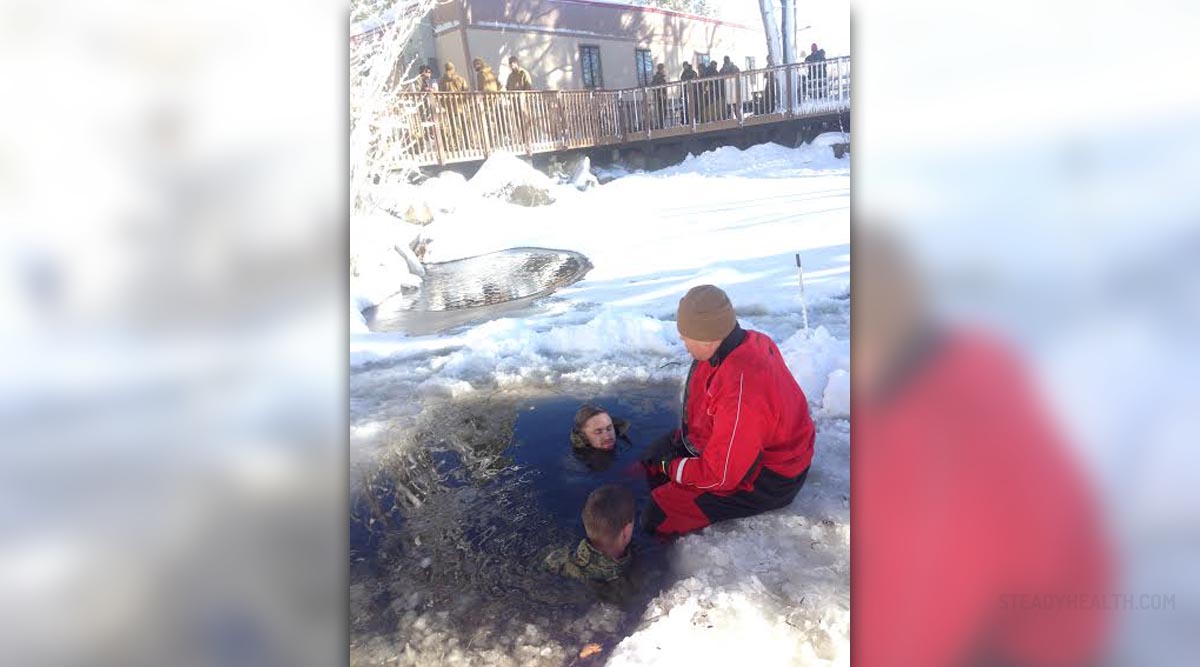
Hypothermia is a condition in which the core body temperature is lower than normal and the body loses its heat faster than that it is able to produce it. It can be very dangerous and even fatal. Hypothermia occurs in very cold conditions but it can also happen at a relatively warm temperature if the conditions are right, for example if exposure to wind and rain or immersion in water.
A victim of hypothermia may not necessarily be aware that he or she is affected by it as this condition usually affects both physical and mental abilities. It is therefore vital that there is someone who will provide help for the hypothermia victim, if it is possible.
Persons who are more likely to be affected by hypothermia are elderly, especially if they do not have adequate shelter, clothes or nutrition, babies, alcohol and drug users, any person who is exposed to cold temperatures for a longer period, like hunters, hikers, alpinists, homeless people, etc.
First sign of hypothermia is shivering, followed by other symptoms like fatigue, exhaustion, drowsiness, dizziness, confusion, slurred speech, memory loss. Babies who suffer from hypothermia will have bright red and very cold skin and lack of energy.
In treating a hypothermia person the first step is to move it away from the source of cold. It is vital to prevent further loss of body heat by placing the victim on dry ground and providing a shelter against wind or rain.
Wet clothes must be removed from the victim’s body, because when the water evaporates it lowers the temperature.
If the victim’s temperature measures below 95°F (35°C), the situation is considered to be a medical emergency and the medical assistance is needed as soon as possible.
Warming the victim is necessary but the person assisting must be careful in doing it. Massages and rubs are not recommended because they may aggravate the cardiovascular system and cause damage. The temperature used to warm the victim should not be too hot, therefore it is not suggested to use heat pads or heating lamps.
The best warming method is skin-to-skin contact under warm blankets. Warming should be concentrated on the central parts of the body (head, chest, neck, groin) and not the extremities, as warming legs, feet and hands will push the cold towards the heart and the lungs.
If the hypothermia victim is conscious, he or she should drink warm non-alcoholic beverages, like hot chocolate. Alcohol and caffeine beverages may cause further heat loss. Energy snacks that contain a lot of sugar and carbohydrates are helpful for restoring the body heat. An unconscious person should never be given beverages or food, because there is a risk of choking.
After the body temperature rises, the victim should be kept warm and dry and monitored for breathing or cardiovascular problems until the medical assistance arrives.


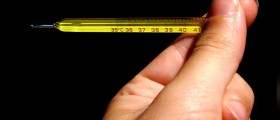

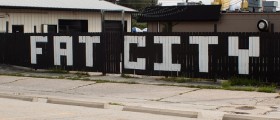

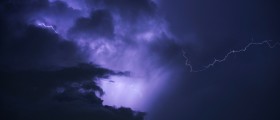

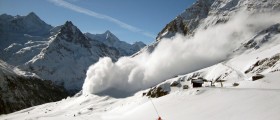


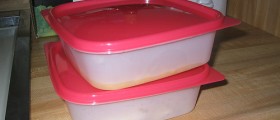





Your thoughts on this
Loading...